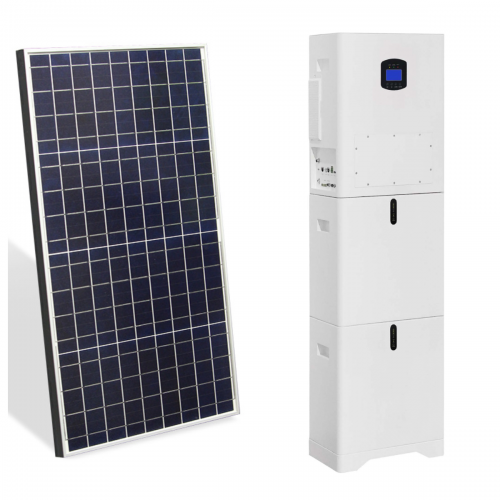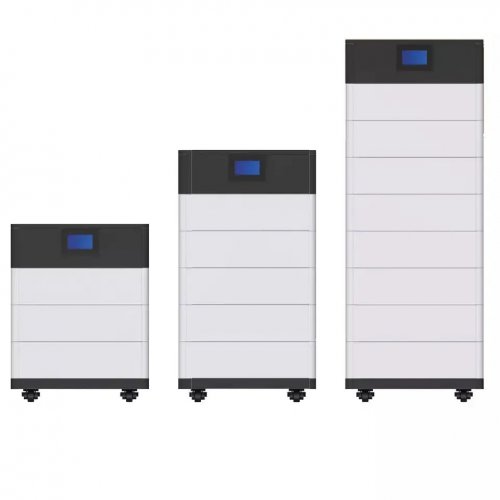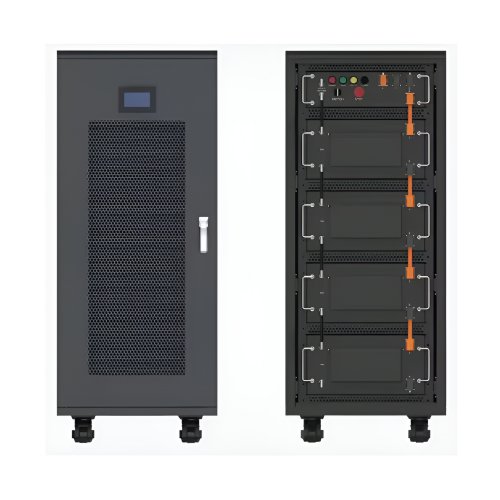Production Capacity Expansion News: Strategic Moves And Evolving Trends Reshape Global Manufacturing
The global manufacturing landscape is currently undergoing a significant transformation, characterized by a widespread and strategic push for production capacity expansion. Driven by a complex interplay of geopolitical, technological, and market forces, companies across diverse sectors—from semiconductors and electric vehicles (EVs) to pharmaceuticals and consumer goods—are making substantial capital investments to scale their operations. This trend is not merely about increasing output; it represents a fundamental shift in how companies approach resilience, efficiency, and market positioning in a post-pandemic world.
Latest Industry Developments
Recent months have seen a flurry of announcements detailing massive investment plans. In the technology sector, the passage of initiatives like the U.S. CHIPS and Science Act has catalyzed a wave of expansion in domestic semiconductor fabrication. Companies like Intel, TSMC, and Samsung are executing multi-billion-dollar projects in Arizona, Ohio, and Texas, aiming to reduce reliance on overseas supply chains and secure a stable output of critical components.
Similarly, the electric vehicle and battery industry is experiencing unprecedented growth in production capacity. Major automakers such as Ford, General Motors, and Volkswagen are constructing new "gigafactories" dedicated to battery production and EV assembly. This expansion is a direct response to accelerating consumer demand and stringent government regulations phasing out internal combustion engines. Concurrently, battery giants like CATL and LG Energy Solution are establishing manufacturing footholds in North America and Europe to be closer to their automotive clients and benefit from local incentives.
Beyond high-tech, more traditional industries are also expanding. Pharmaceutical companies, having witnessed supply chain vulnerabilities during the health crisis, are investing in new facilities for active pharmaceutical ingredients (APIs) and finished dosages to ensure drug security. Consumer packaged goods companies are adding new production lines to mitigate the impact of inflation and meet steady demand for essential products.
Trend Analysis: Beyond Mere Scaling Up
A closer examination reveals that the current capacity expansion cycle is defined by several key trends:
1. Geographical Diversification and Nearshoring: The era of hyper-optimized, centralized global supply chains is being reconsidered. The primary driver for many expansion projects is risk mitigation. Companies are strategically adding capacity in different geographical regions—a practice known as "China Plus One" or near-shoring—to build redundancy and protect against future disruptions, be they logistical, geopolitical, or health-related. This is leading to a rebalancing of manufacturing footprints away from pure cost efficiency toward resilience.
2. The Smart Factory Imperative: Expansion is no longer synonymous with simply building larger factories with more manual labor. New facilities are being designed as "smart factories" or "lighthouses" from the ground up. Investments are heavily focused on integrating Industry 4.0 technologies: AI-driven predictive maintenance, interconnected IoT sensors, advanced robotics, and digital twin simulations. This allows for not only greater scale but also enhanced flexibility, higher quality control, and more efficient use of energy and raw materials.
3. Sustainability as a Core Design Principle: There is a growing emphasis on coupling capacity growth with sustainability goals. New plants are increasingly powered by renewable energy, designed for water neutrality, and built to achieve LEED certification. For instance, EV battery gigafactories are investing in closed-loop recycling processes within the same site to reclaim precious materials, thereby reducing environmental impact and securing a circular supply chain.
4. The Challenge of Skilled Labor: A significant hurdle emerging from this expansion boom is the shortage of skilled labor. Operating advanced automated production lines requires technicians, data analysts, and engineers, not just assembly line workers. This is creating a competitive talent war and prompting companies to invest heavily in partnerships with technical colleges and internal training programs to build the workforce of the future.
Expert Perspectives
Industry analysts and leaders provide nuanced views on this sustained expansion. Dr. Evelyn Reed, a supply chain strategist at a prominent global consultancy, notes, "We are observing a strategic decoupling of capacity from cost. The calculus has changed. While cost remains important, the premium is now on reliability, speed to market, and political security. Expansions in friendly-shoring nations are a direct insurance policy against volatility."
However, some experts urge caution. Michael Thorne, an economist specializing in manufacturing, warns of potential overcapacity in certain sectors. "The cyclical nature of manufacturing demand means that synchronized global expansion could lead to oversupply in the medium term, particularly in industries like EVs and batteries. Companies must be agile and data-driven in their ramp-up to avoid future underutilization of expensive assets."
From a corporate perspective, Carlos Rodriguez, COO of a major automotive supplier, highlights the technological drive: "For us, expanding capacity is inseparable from upgrading it. Our new facilities are 40% more energy-efficient and 25% more productive per square foot than those we built five years ago. This isn't just growth; it's evolution."
In conclusion, the ongoing wave of production capacity expansion is a multifaceted phenomenon. It is a strategic response to past disruptions and a proactive bet on future demand. While the scale of investment is immense, the defining characteristics of this boom are intelligence, sustainability, and strategic diversification. The success of these expansions will hinge not just on the capital invested, but on the ability of companies to navigate talent shortages, integrate advanced technologies, and adapt to the ever-evolving global economic landscape.
Customized/OEM/ODM Service
HomSolar Supports Lifepo4 battery pack customization/OEM/ODM service, welcome to contact us and tell us your needs.


HomSolar: Your One-stop LiFePO4 Battery Pack & ESS Solution Manufacturer
Our line of LiFePO4 (LFP) batteries offer a solution to demanding applications that require a lighter weight, longer life, and higher capacity battery. Features include advanced battery management systems (BMS), Bluetooth® communication and active intelligent monitoring.

Customised Lithium Iron Phosphate Battery Casing
ABS plastic housing, aluminium housing, stainless steel housing and iron housing are available, and can also be designed and customised according to your needs.

HomSolar Smart BMS
Intelligent Battery Management System for HomSolar Energy Storage System. Bluetooth, temperature sensor, LCD display, CAN interface, UART interface also available.


Terminals & Plugs Can Be Customized
A wide range of terminals and plugs can be customised to suit the application needs of your battery products.

Well-designed Solutions for Energy Storage Systems
We will design the perfect energy storage system solution according to your needs, so that you can easily solve the specific industry applications of battery products.



About Our Battery Cells
Our energy storage system products use brand new grade A LiFePO4 cells with a battery lifespan of more than 4,000 charge/discharge cycles.



Applications in Different Industries
We supply customized & OEM battery pack, assemble cells with wiring, fuse and plastic cover, all the cell wires connected to PCB plug or built BMS.
Applications: E-bike, Electric Scooter, Golf Carts, RV, Electric Wheelchair, Electric Tools, Robot Cleaner, Robot Sweeper, Solar Energy Storage System, Emergency Light, Solar Power Light, Medical Equipment, UPS Backup Power Supply.
We can provide you with customized services. We have the ability to provide a vertical supply chain, from single cells to pack/module and to a complete power solution with BMS, etc.


HomSolar (Shenzhen) Technology Co., Ltd
























